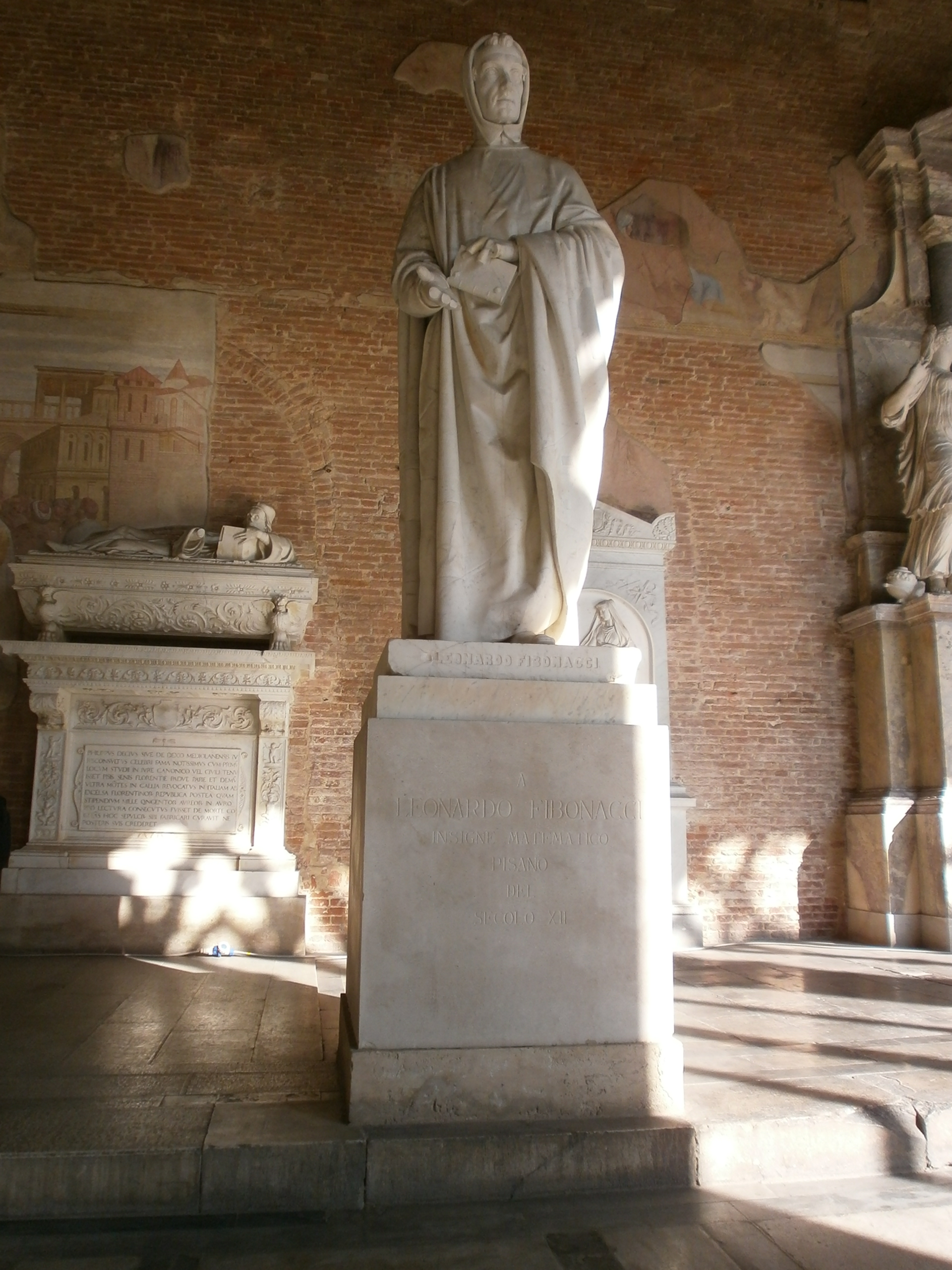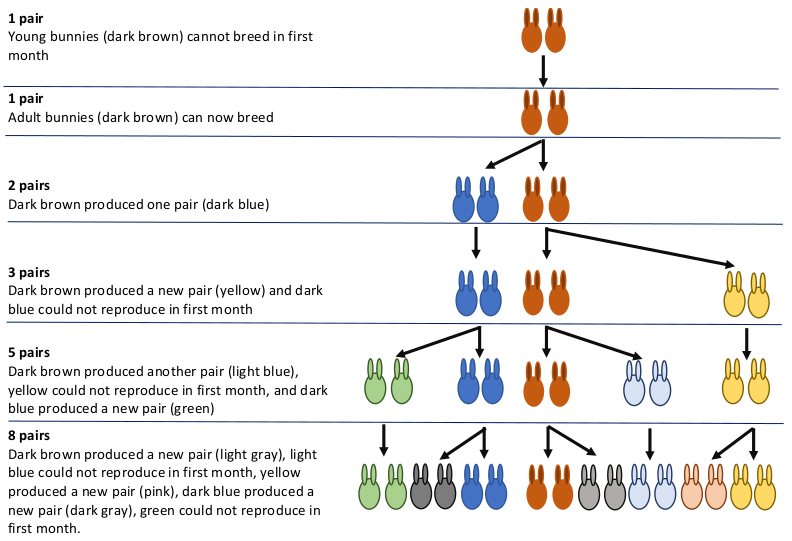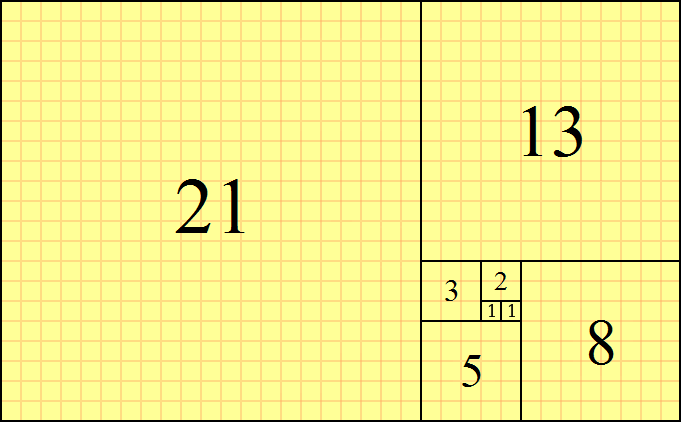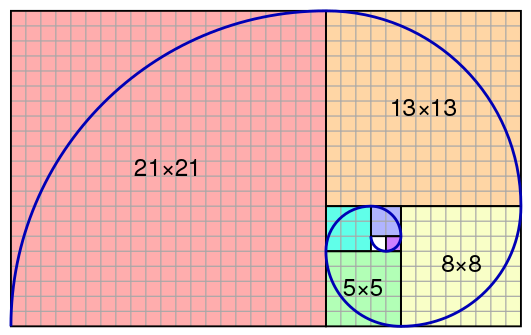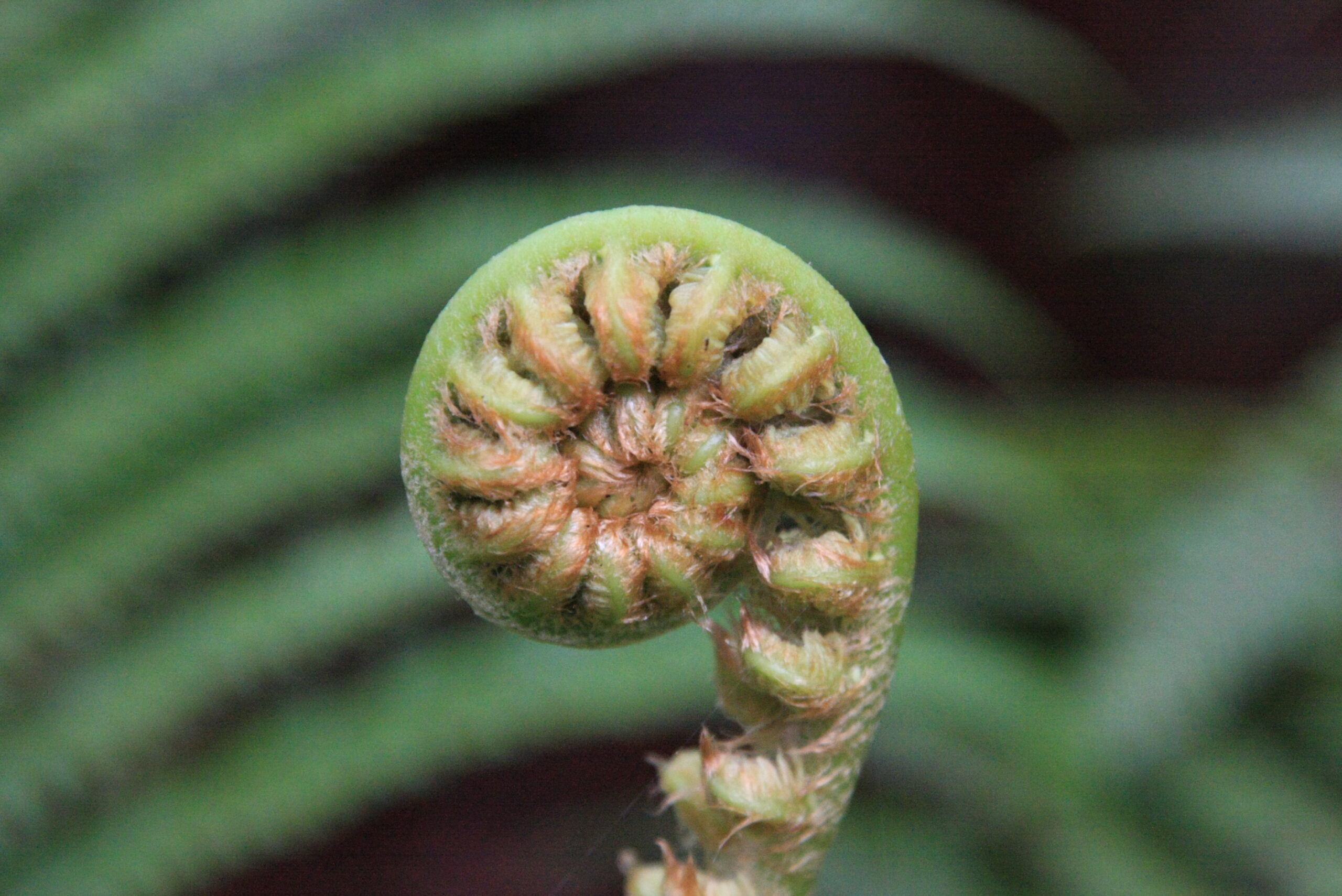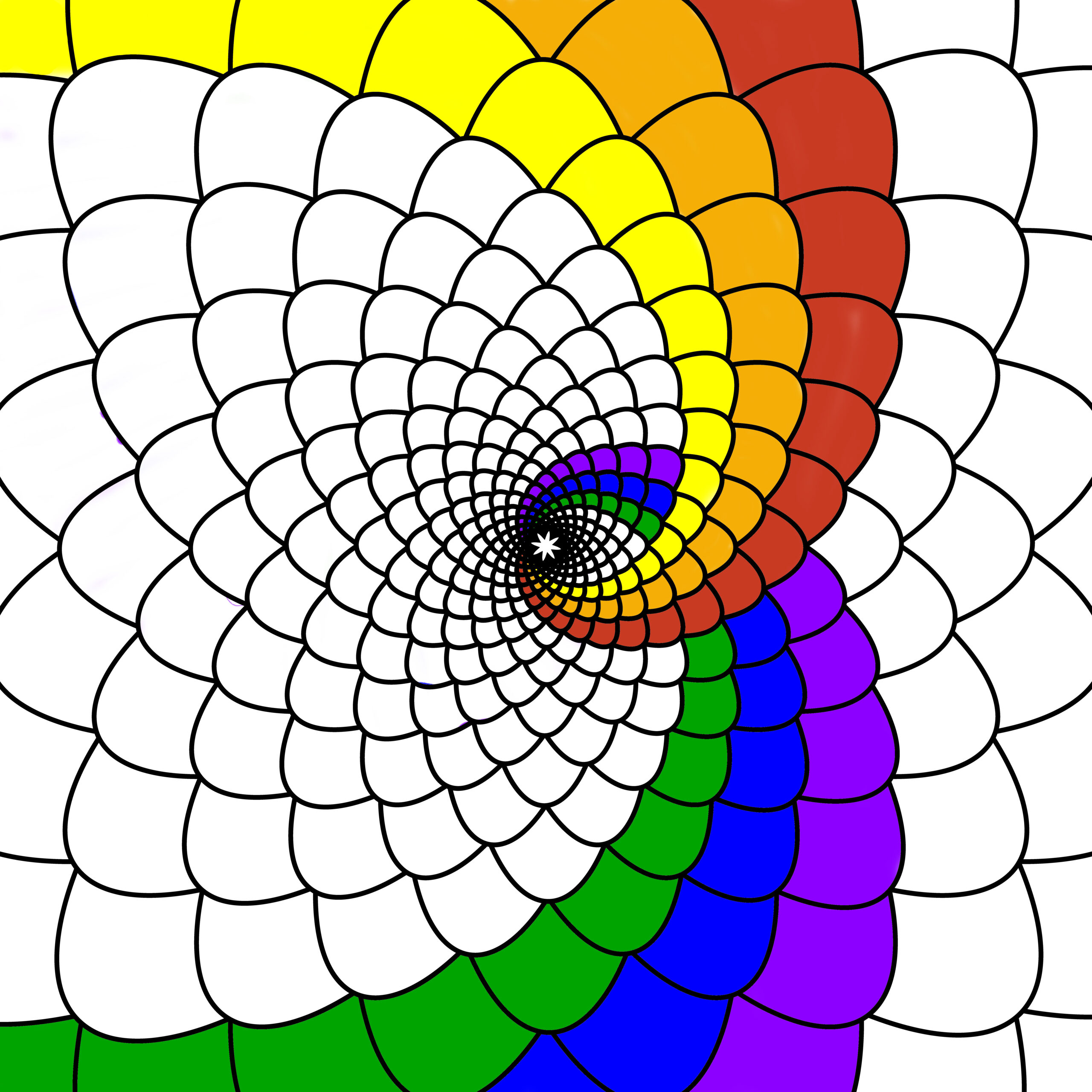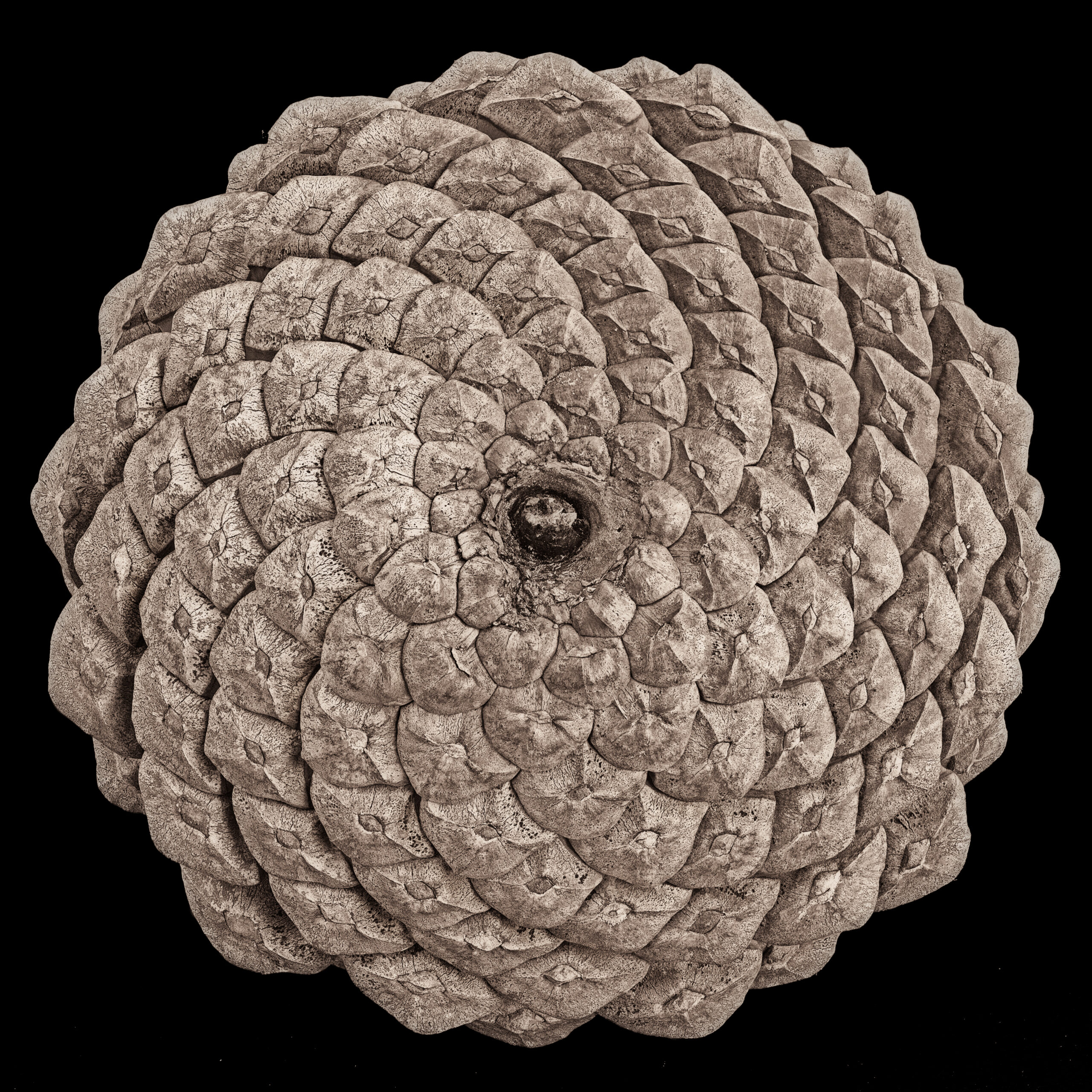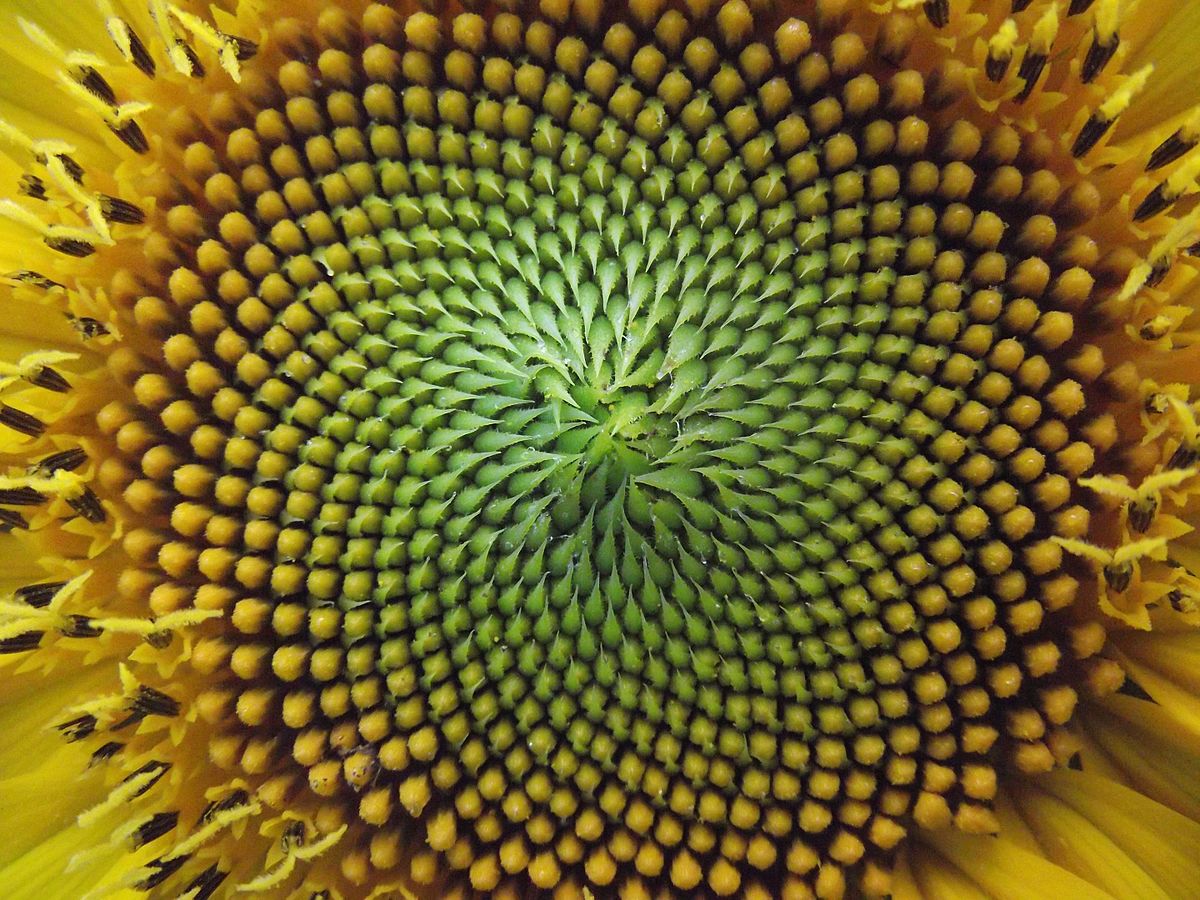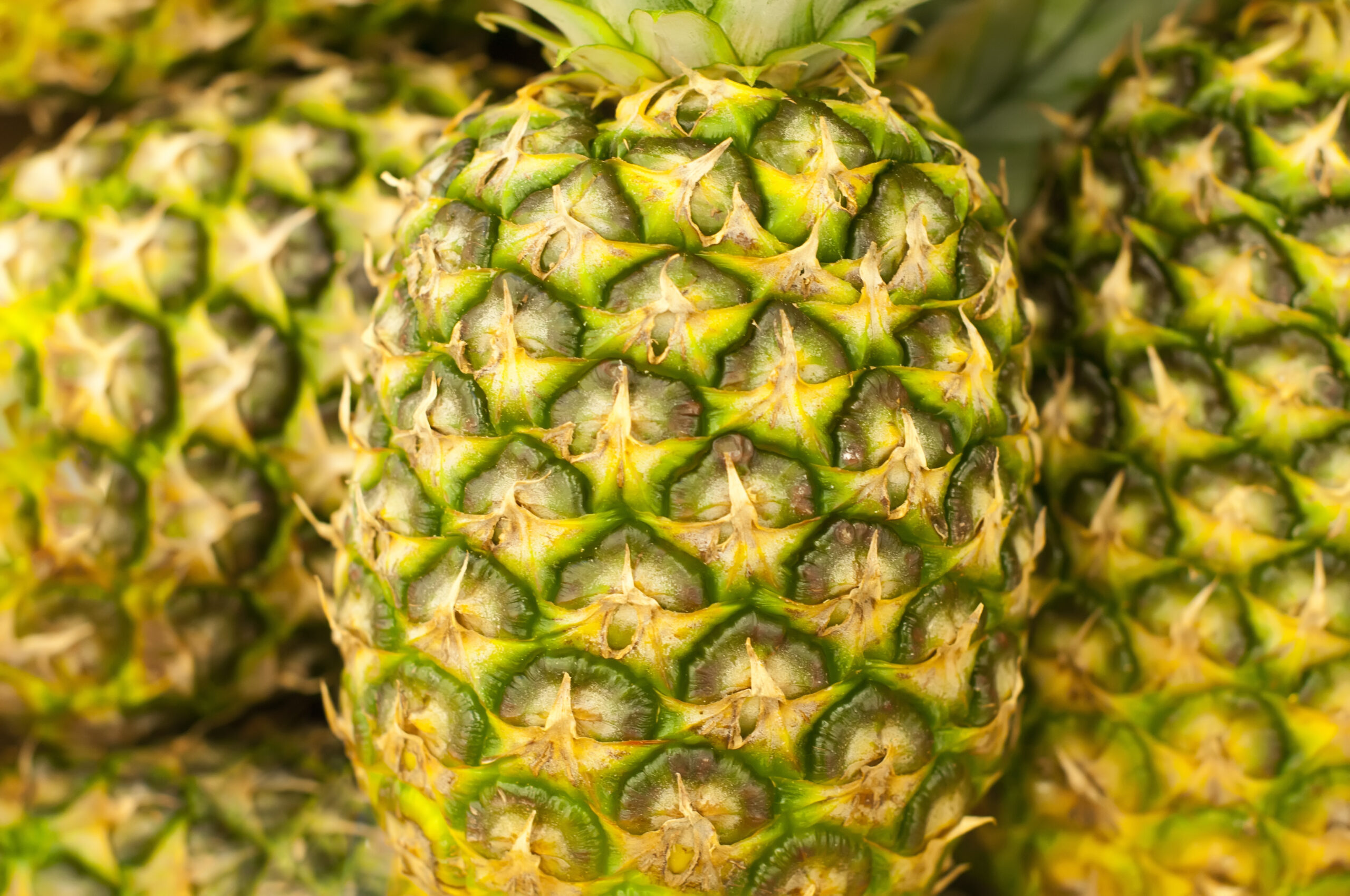 Investigate the Fibonacci Sequence
Investigate the Fibonacci Sequence |
| Sunflower Dreamstime Click on image to enlarge it |
The Fibonacci sequence is a number pattern that can be connected to the way some plants, animals, and inanimate objects such as waves behave in nature. You can find the pattern in your outdoor classroom sunflower garden!
| Click on the icons below to find out more! | |
| What is the Fibonacci Sequence | Examples in Nature |
| Examples in Nature | |
| In many cases, the connection between the Fibonacci sequence, golden spiral, golden ratio, and nature may just be coincidence. In other situations, the ratio exists because that particular growth pattern evolved as the most effective. The text (not photos) below comes from HowStuffWorks.com. | |
|
Seed heads, pinecones, fruits and vegetables:
Look at the array of seeds in the center of a sunflower and you'll notice what looks like spiral patterns curving left and right. Amazingly, if you count these spirals, your total will be a Fibonacci number. Divide the spirals into those pointed left and right and you'll get two consecutive Fibonacci numbers. You can decipher spiral patterns in pinecones, pineapples and cauliflower [or brocolli] that also reflect the Fibonacci sequence in this manner. |
Highlighting to show spirals
Dreamstime Click on image to enlarge it |
| Flowers and branches:
Some plants express the Fibonacci sequence in their growth points, the places where tree branches form or split. One trunk grows until it produces a branch, resulting in two growth points. The main trunk then produces another branch, resulting in three growth points. Then the trunk and the first branch produce two more growth points, bringing the total to five. This pattern continues, following the Fibonacci numbers. Additionally, if you count the number of petals on a flower, you'll often find the total to be one of the numbers in the Fibonacci sequence. For example, lilies and irises have three petals, buttercups and wild roses have five, delphiniums have eight petals and so on. |
Backside of Pinecone
Dreamstime Click on image to enlarge it |
| Honeybees:
A honeybee colony consists of a queen, a few drones and lots of workers. The female bees (queens and workers) all have two parents, a drone and a queen. Drones, on the other hand, hatch from unfertilized eggs. This means they have only one parent. Therefore, Fibonacci numbers express a drone's family tree in that he has one parent, two grandparents, three great-grandparents and so forth. |
Sunflower Seed Head
Dreamstime Click on image to enlarge it |
| The human body:
Take a good look at yourself in the mirror. You'll notice that most of your body parts follow the numbers one, two, three and five. You have one nose, two eyes, three segments to each limb and five fingers on each hand. The proportions and measurements of the human body can also be divided up in terms of the golden ratio. DNA molecules follow this sequence, measuring 34 angstroms long and 21 angstroms wide for each full cycle of the double helix [source: Jovonovic]. |
Pineapple Skin
Dreamstime Click on image to enlarge it |
SOURCES
|
|
|



